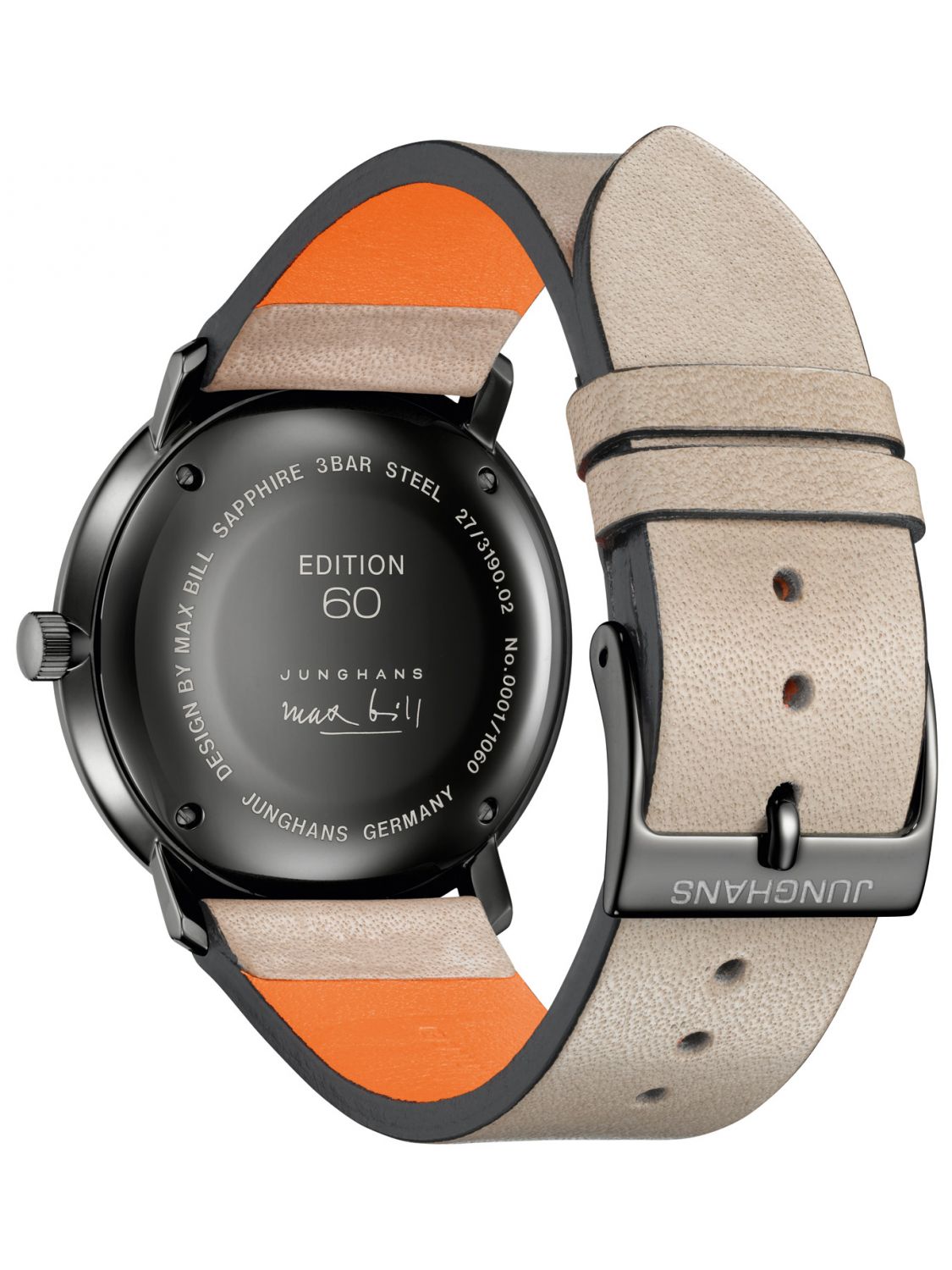

Frank Herschede died on September 15, 1922, and Walter was named president in January of 1923. NOTE: Interestingly, for purely marketing purposes, the firm continued to use this "grand prize" plaque in clocks manufactured subsequent to the exposition, so it is important to know that, just because a clock you own or are considering purchasing has this plate present, it is not likely it was the exact clock that was judged at the exposition and awarded the prize.īy the early 1920's the Herschede Hall Clock Company had opened branch sales offices in New York City, then in Chicago and San Francisco. We'd also like to have a digital recording of this tune.)Īt the Panama-Pacific International Exposition the firm won two additional major awards: grand prize was presented to the Herschede Hall Clock Company for chime hall clocks and mantel clocks, and a gold medal was awarded for the hall clock cabinets manufactured by the company.
JUNGHANS CLOCK SERIAL NUMBERS HOW TO
contact us and let's talk about how to make this happen. (If you have a Herschede clock with this tune and are a musician, we'd appreciate having the tune so we can add it to our clock chime tunes page in this reference library. The tune was composed by Charles Eisen, "a gifted American pianist," especially for Herschede. In 1913, a third melody, “Canterbury Chimes” was added to the Whittington and Westminster chimes. The first movement passed final inspection on January 10, 1911. In 1909, the Herschede Hall Clock Company leased the building next door at 1007-1009 Plum Street to manufacture clock movements. Louis in 1904: a gold medal for the best hall clock, a gold medal for the best hall clock cases, and a silver medal for tubular chimes. In 1904 the Herschede Hall Clock Company won several medals in the Louisiana Purchase Exposition in St. In 1903 the Herschede Hall Clock Company factory moved from Front Street to 1011-1015 Plum Street.
JUNGHANS CLOCK SERIAL NUMBERS INSTALL
In that same year, Herschede began to produce his own tubes and install them in his clocks.

On Decemthe Herschede Hall Clock Company was incorporated. This was the first of several medals earned by the firm.įrank's son, Walter, graduated from high school in 1902, and began work in the cabinet shop. In 1901, Frank exhibited in the South Carolina and West Indian Exposition at Charleston, South Carolina, where he received a gold medal for his hall clocks. Frank’s clock business expanded to the point that he purchased the cabinet shop in 1900. Durfee, Herschede began importing movements and having cases made in a nearby cabinet shop on Front Street in Cincinnati, Ohio. He diversified into jewelry, watches, diamonds, etc., and in 1885, the store moved to larger quarters at the corner of Arcade and Vine. In 1877, he went into business for himself and moved to Vine and 5th Street in Cincinnati. In 1873, at the age of 16, he began working as an apprentice watch and clock repairman for Charles Cook. Franklin "Frank" Herschede was born on Jin Cincinnati, Ohio.


 0 kommentar(er)
0 kommentar(er)
